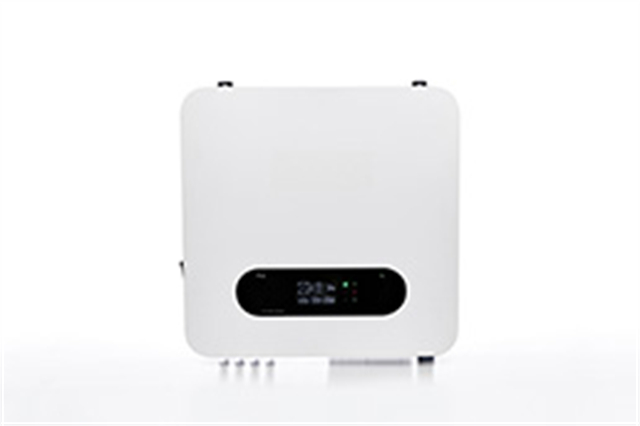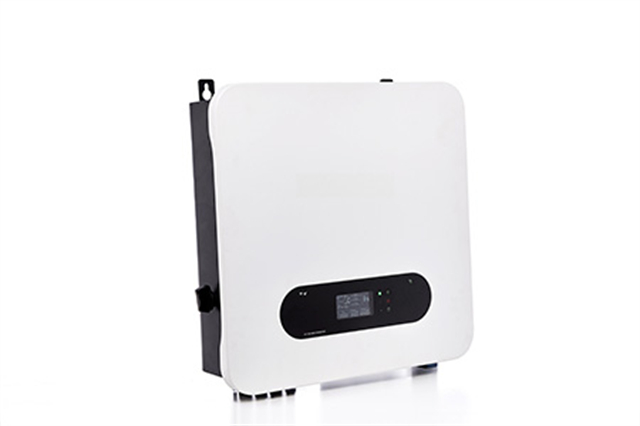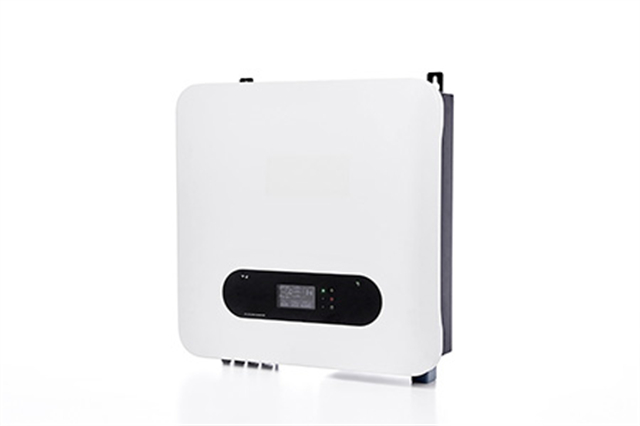Author:BLD Solar Energy SystemFROM:Solar System Converter Manufacturer TIME:2023-10-31
Hybrid inverters are a key component of on-grid solar power systems. They allow users to take advantage of both grid power and solar energy, providing flexibility and efficiency. However, to maximize the benefits of an on-grid hybrid inverter, it's important to understand how to use it effectively. In this article, we will provide you with some valuable tips for using an on-grid hybrid inverter.

Before operating an on-grid hybrid inverter, it is crucial to have a clear understanding of its functionality. These inverters are designed to convert direct current (DC) electricity from solar panels into alternating current (AC) electricity, suitable for use in your home or business. Additionally, they can also feed excess power back into the grid when your solar panels produce more electricity than you need.

To optimize the use of your on-grid hybrid inverter, regularly monitor the production of your solar panels. This ensures that you can make necessary adjustments based on the amount of power being generated. By keeping an eye on your solar production, you can identify any potential issues and take steps to resolve them promptly, thus maximizing your solar energy utilization.

Load management plays a crucial role in making the most of your on-grid hybrid inverter. Assess your energy usage patterns and try to shift high-energy-consuming activities, such as running appliances or charging electric vehicles, to times when your solar panels are generating the most power. This reduces dependency on grid electricity and increases your overall energy savings.
If your on-grid hybrid inverter is equipped with a battery storage system, it is essential to develop an effective charging strategy. Optimize battery charging during times of excess solar production to store energy for later use, especially during periods of low or no sunlight. This ensures that you have a reliable backup power source and can avoid reliance on the grid during outages.
Configure your on-grid hybrid inverter's grid connection settings correctly to ensure a seamless transition between solar power and grid power. Consult the user manual or seek professional assistance to determine the appropriate settings based on your local regulations and requirements. Accurate grid connection settings prevent power surges, protect your inverter, and maintain a stable power supply.
Maintaining your on-grid hybrid inverter is crucial for its optimal performance and longevity. Follow the manufacturer's guidelines for regular maintenance tasks such as cleaning the solar panels, inspecting the inverter components, and checking for any loose connections. Schedule periodic maintenance checks by qualified technicians to identify and resolve any potential issues early on.
Keep your on-grid hybrid inverter's firmware up to date by installing any available updates provided by the manufacturer. Firmware updates often include bug fixes, performance improvements, and new features. Regularly checking for and installing these updates ensures that your inverter operates at its best and remains compatible with any future advancements in technology.
If you are unsure about any aspect of using your on-grid hybrid inverter, do not hesitate to seek professional assistance. Certified solar energy installers or electricians can provide guidance, answer your questions, and help you make the most of your system. They can also assist with troubleshooting issues or carrying out more complex tasks such as system upgrades or expansions.
Using an on-grid hybrid inverter effectively requires a combination of understanding its functionality, monitoring solar production, load management, battery charging strategies, accurate grid connection settings, regular maintenance, firmware updates, and seeking professional assistance when needed. By following these tips, you can maximize the benefits of your on-grid hybrid inverter, optimize energy usage, reduce reliance on the grid, and contribute to a greener and more sustainable future.
